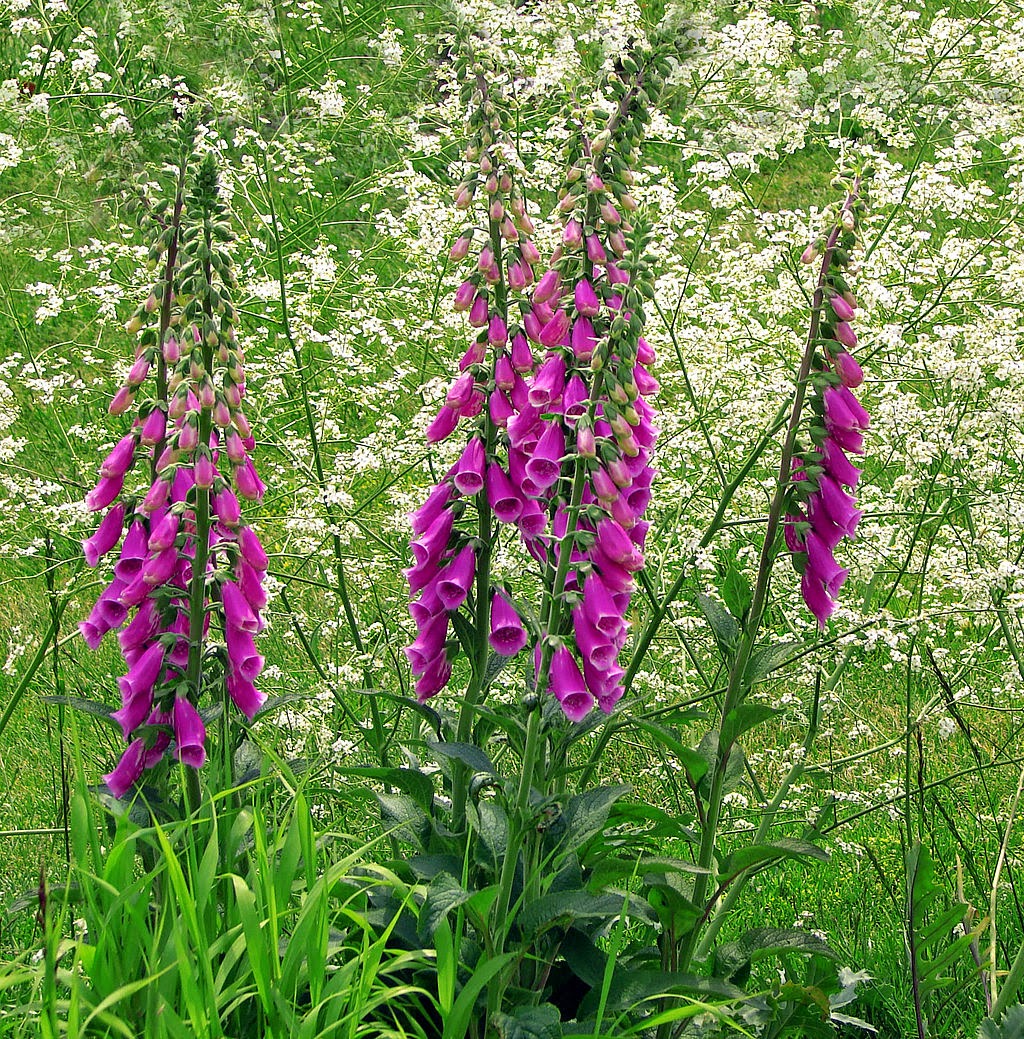
Poisonous species of lupine are toxic from the time they start growth in spring until they dry up in fall. Cows may give birth to calves with cleft palate and skeletal defects if the cows ingest certain lupines during early gestation (crooked calf syndrome), during the 40 th to the 100 th day of gestation. The species of lupine and the alkaloid profile is required to evaluate risk. The greatest risk of lupine is “crooked calf syndrome,” caused by pregnant cows or heifers grazing certain lupines during late first trimester or early second trimester. Excessive salivation, frothing at the mouth.

Related: Don't fall victim to nitrate poisoning. These fact sheets provide information about symptoms of each plant toxicity, when and where the plants usually occur, how they affect livestock and how you can reduce loss. The toxin does not degrade in hay or silage. Nightshades, while they emerge early, are more likely a contaminant of harvested forages than a risk for pasture-grazing animals. Storm episodes often drive cattle into areas where tall larkspur is prevalent and large cattle losses may result. Tall larkspurs are often high risk in early to mid summer when the flower/seed heads are prevalent.

Low larkspur is short-lived and high risk in early spring, and once seeds have shattered very little risk from low larkspur remains. This is especially true for low larkspur, lupines, water hemlock and poison hemlock. During cool wet springs, poisonous plants often gain an advantage over the grasses and if livestock are turned out too early, poisoning may occur.

Many poisonous plants emerge in the early spring before grasses begin to grow. See a photo gallery that highlights even more poisonous plants to cattle.


 0 kommentar(er)
0 kommentar(er)
